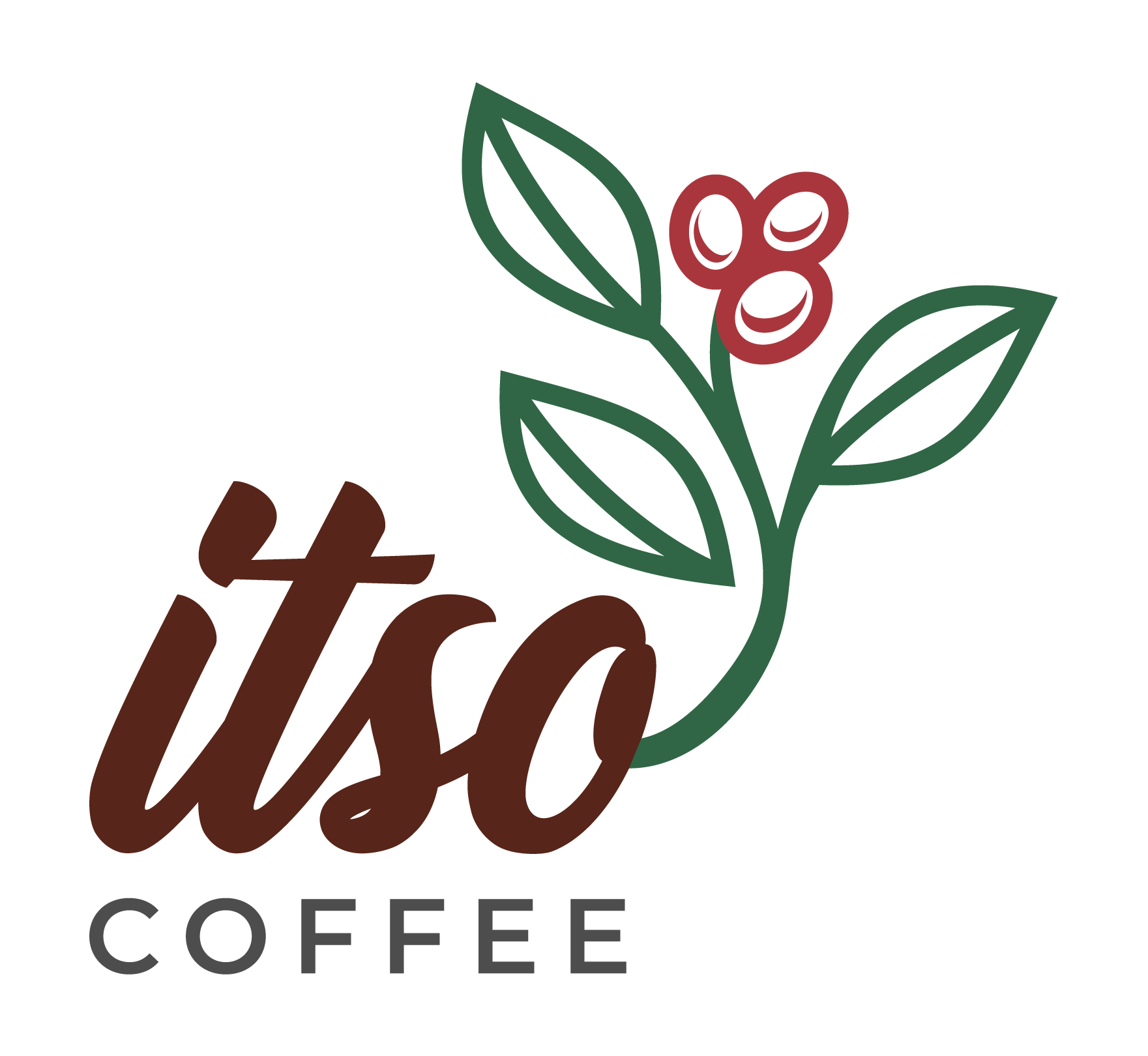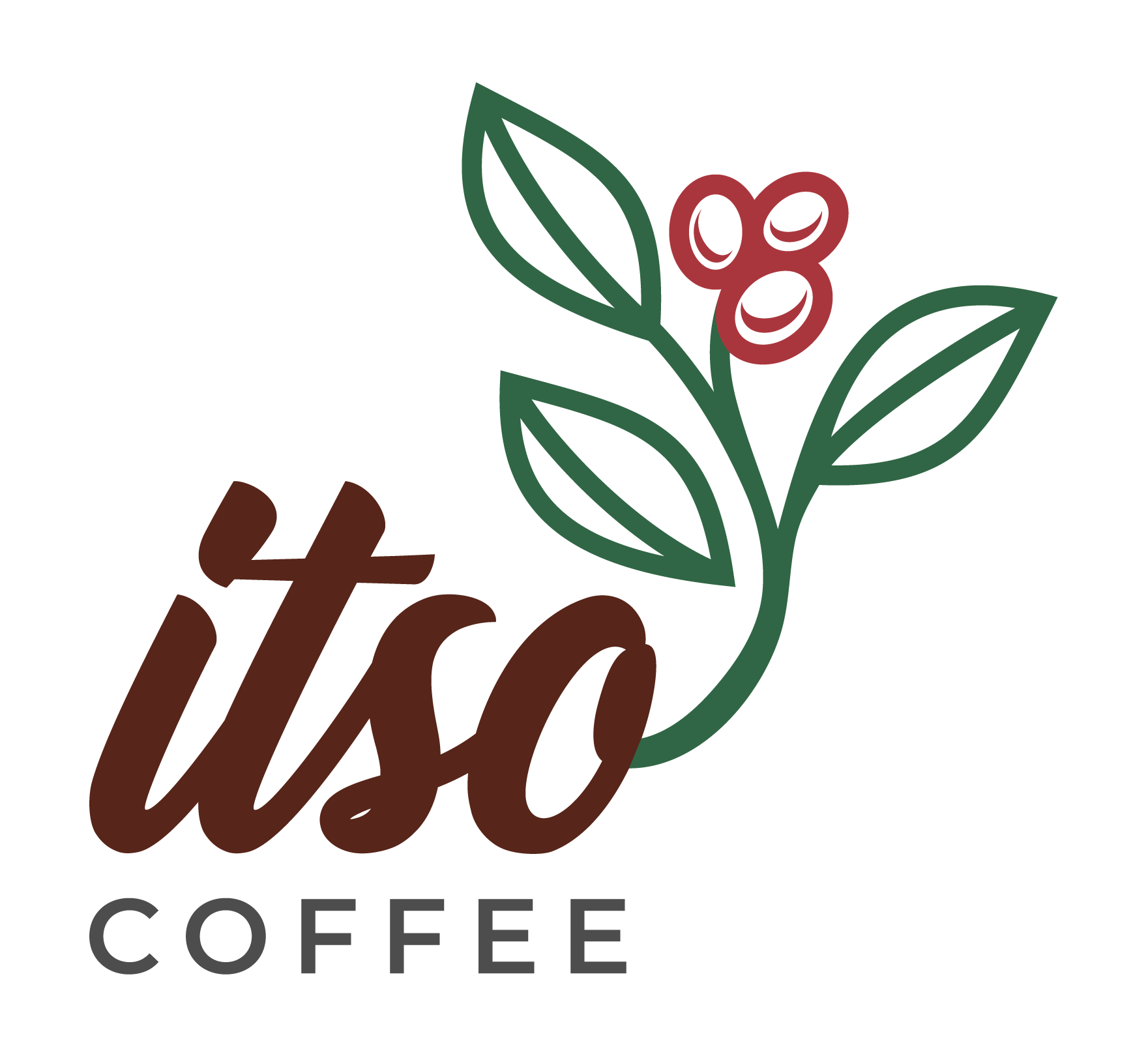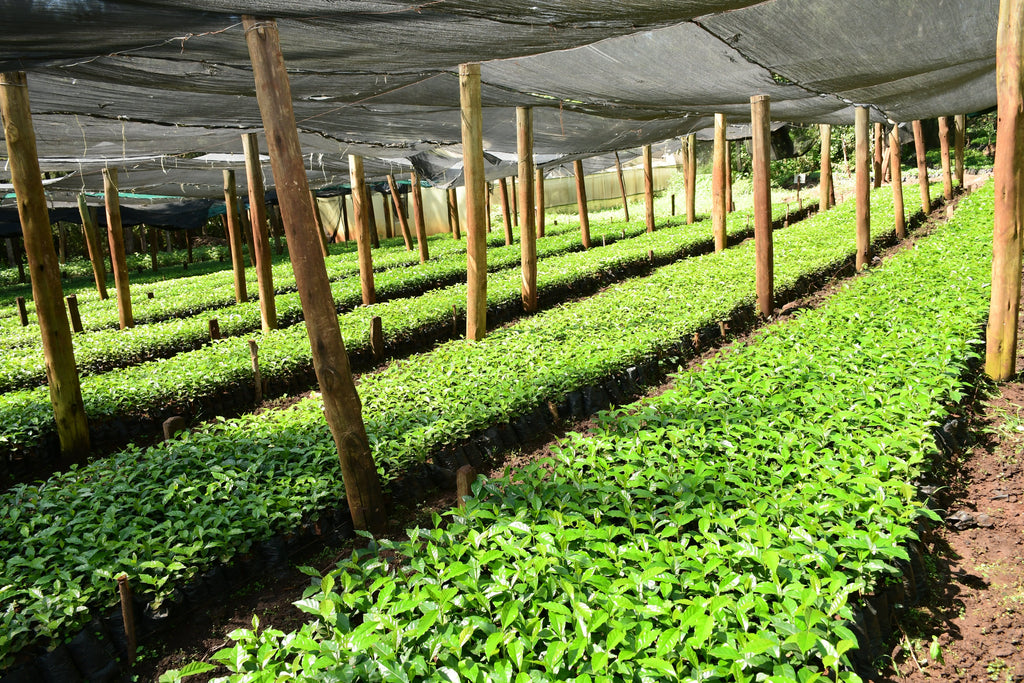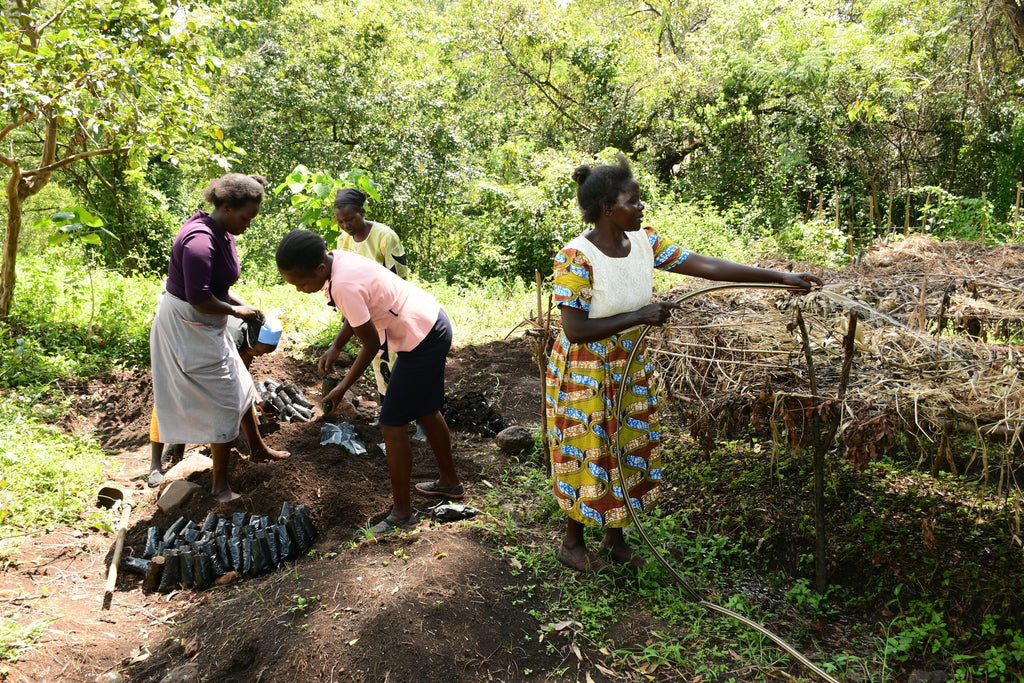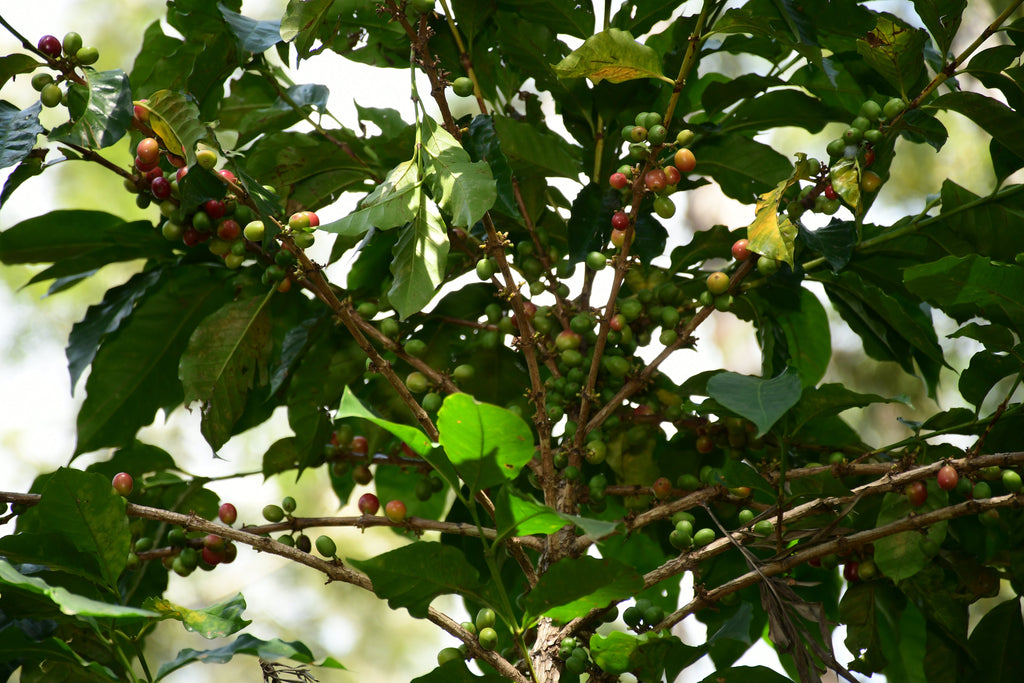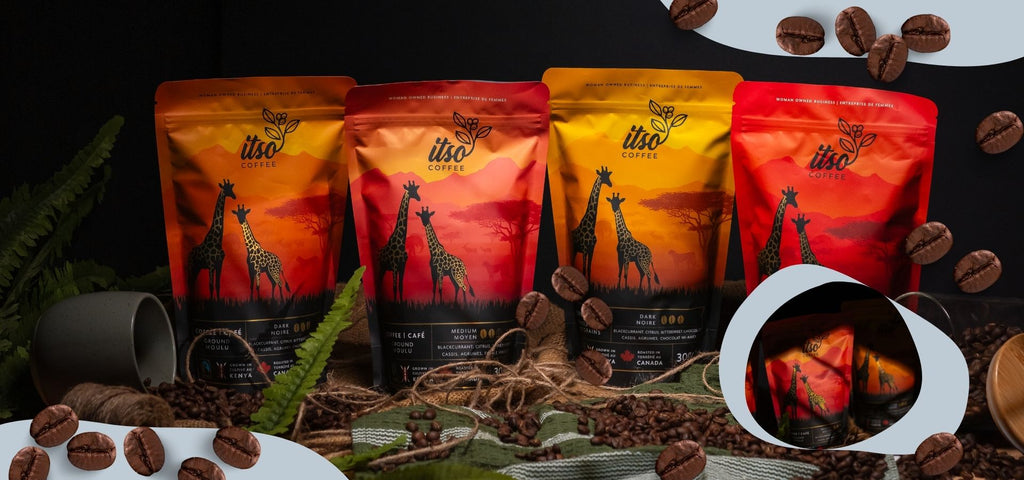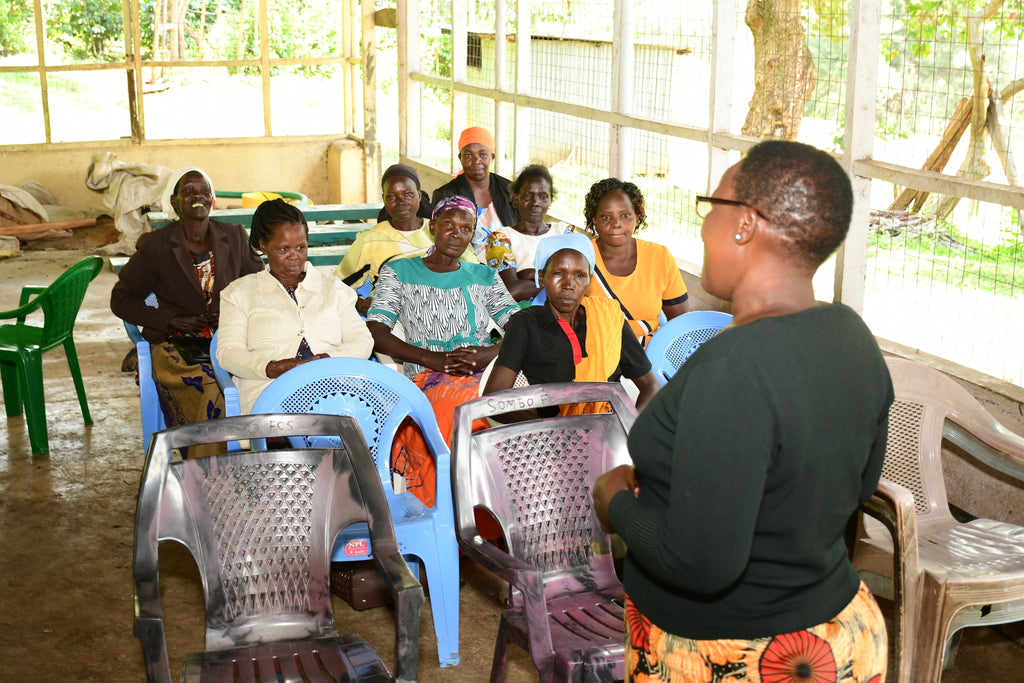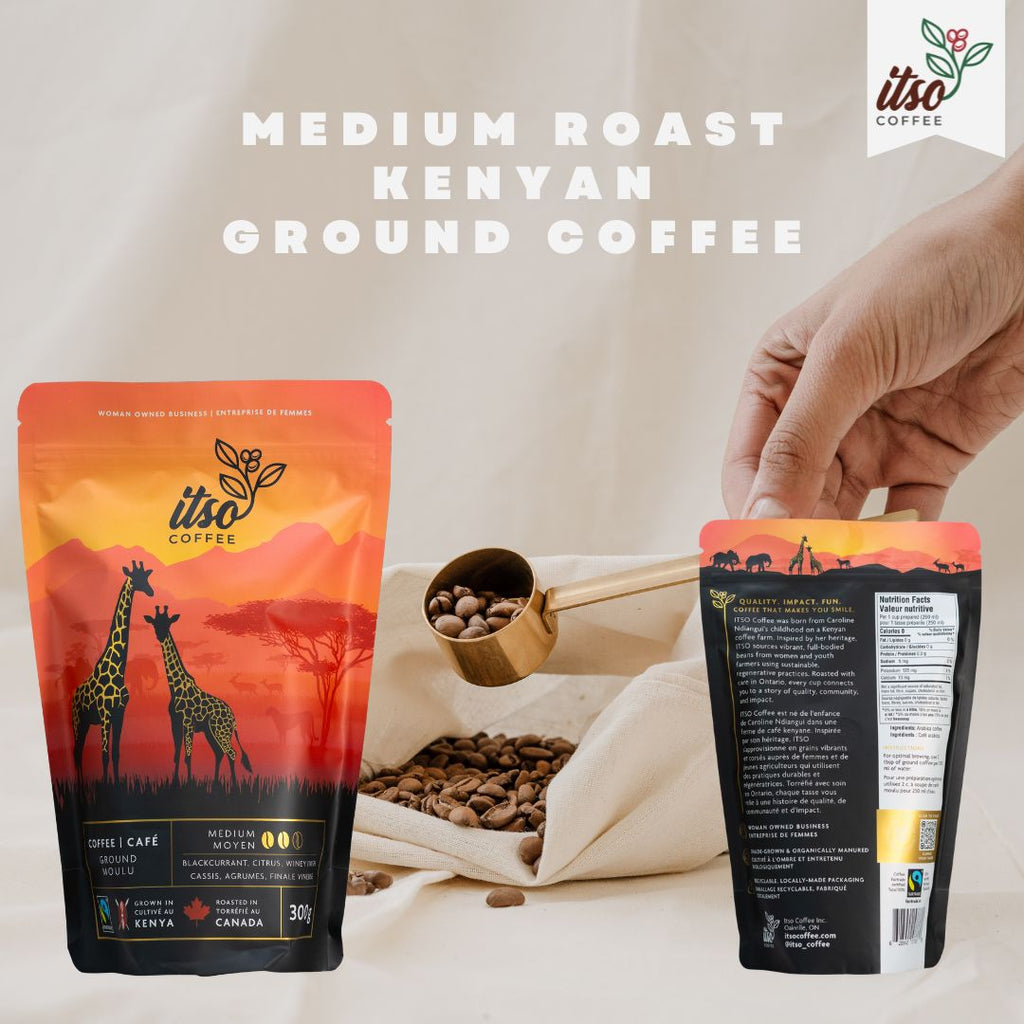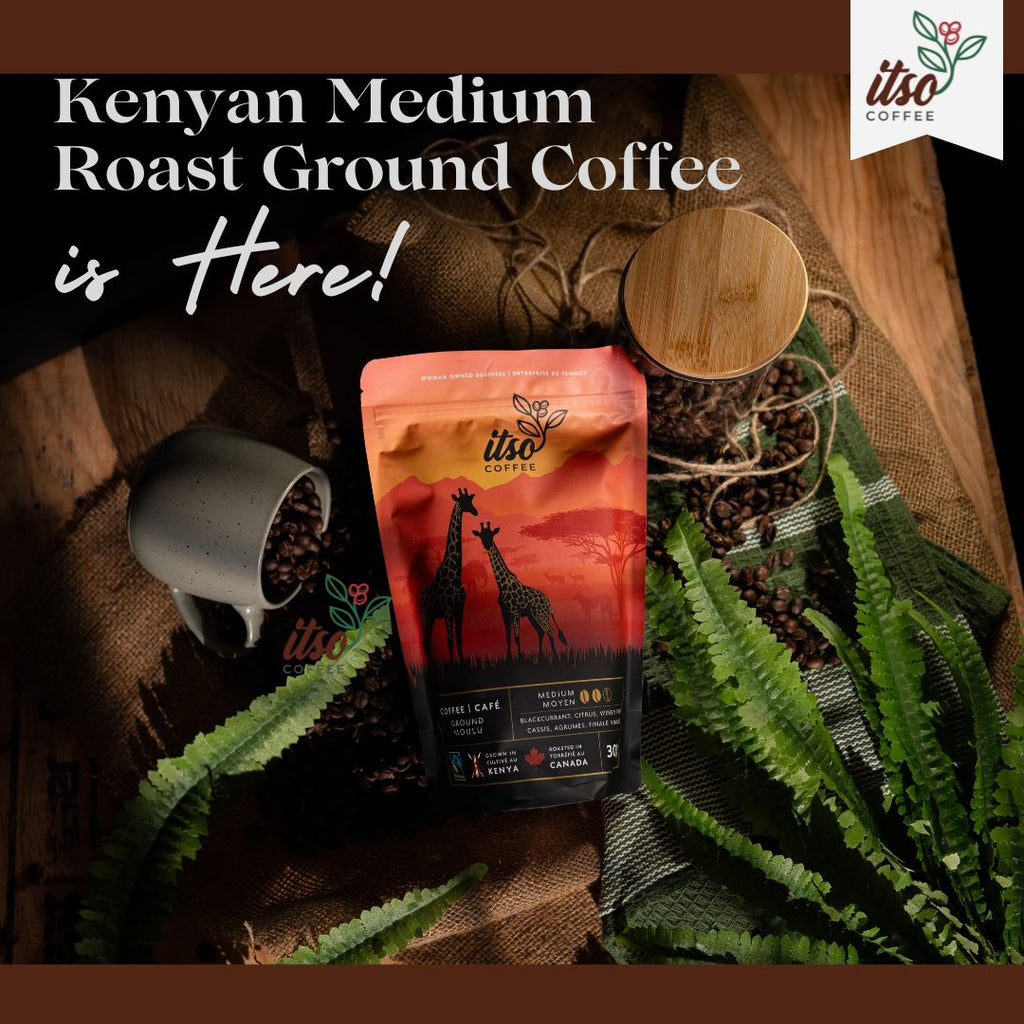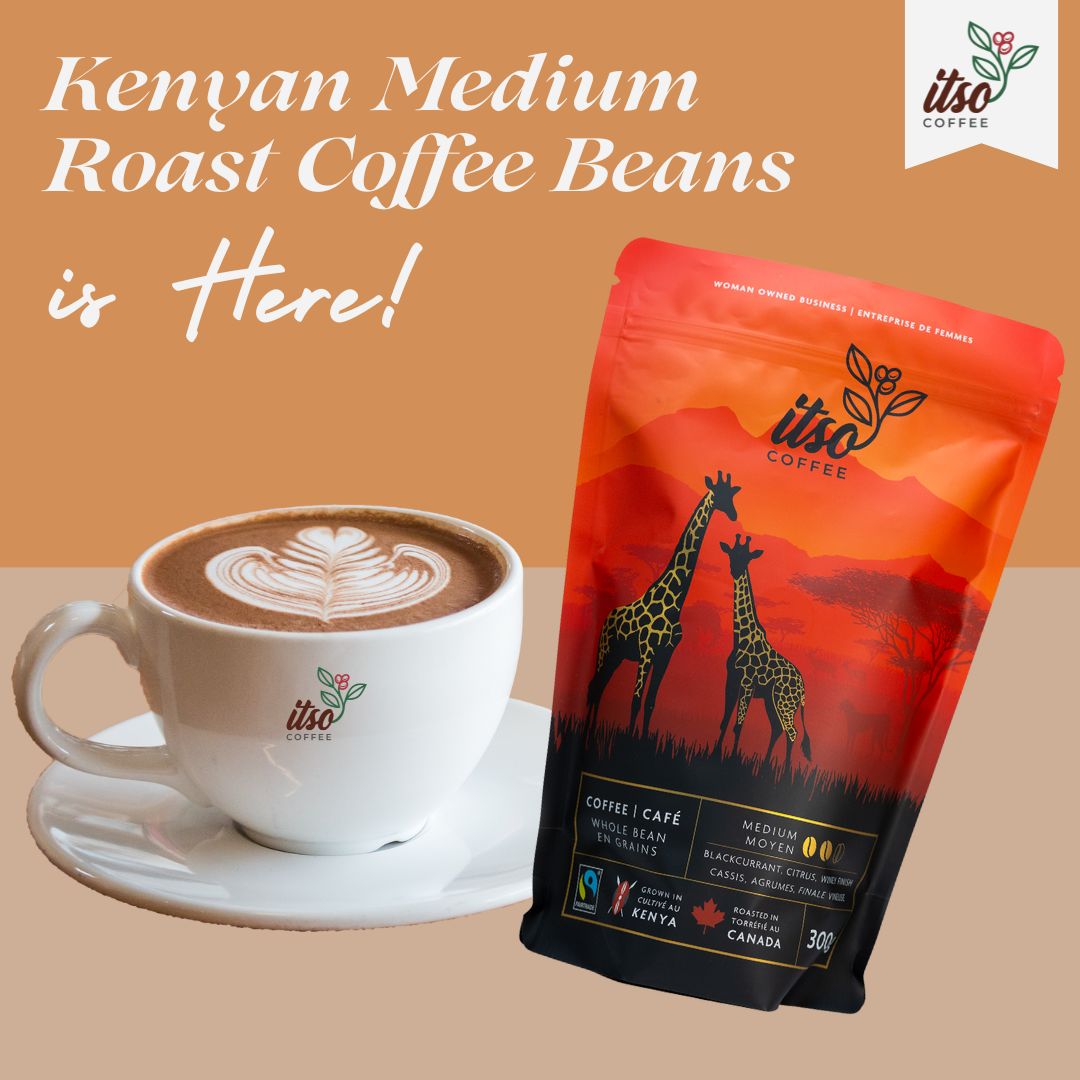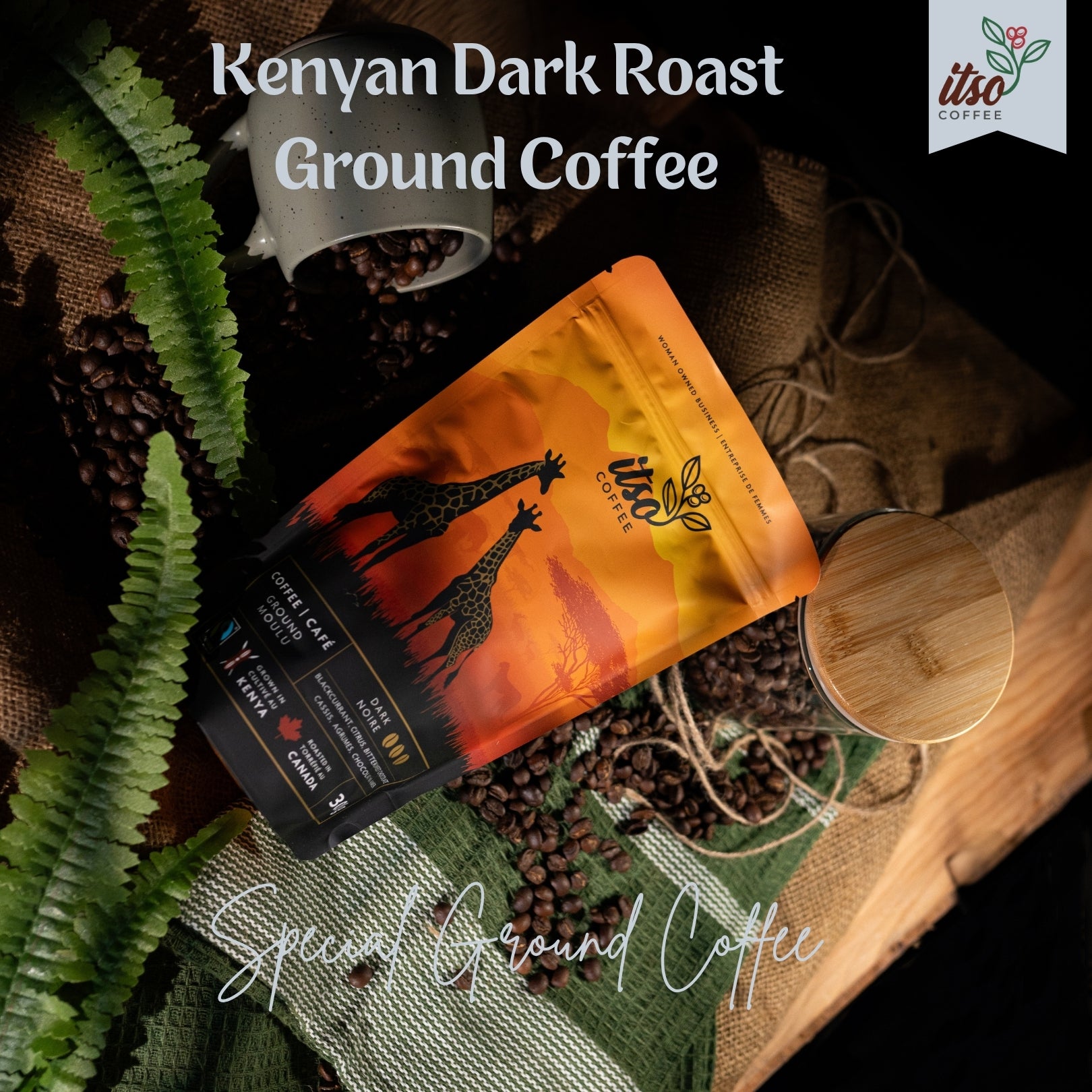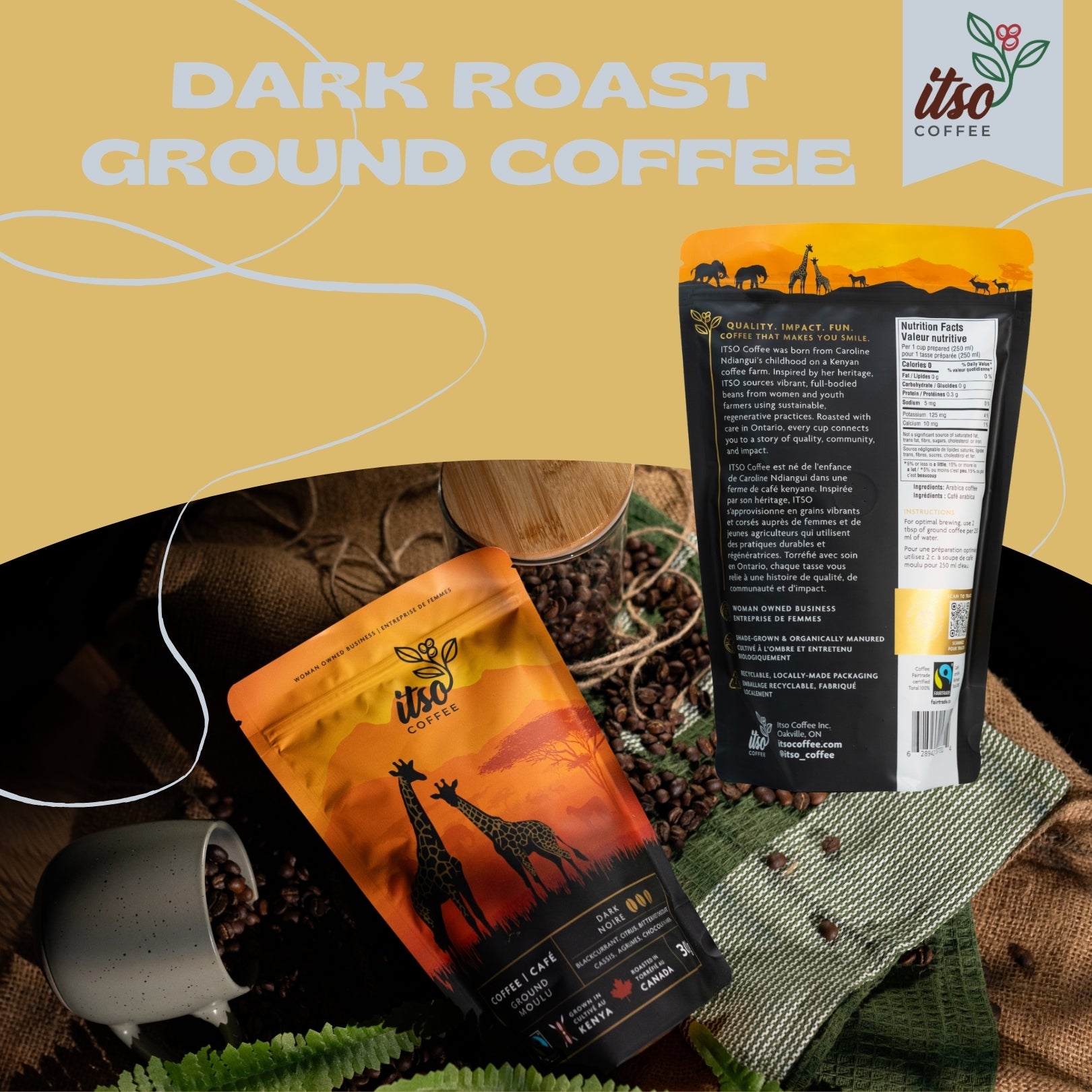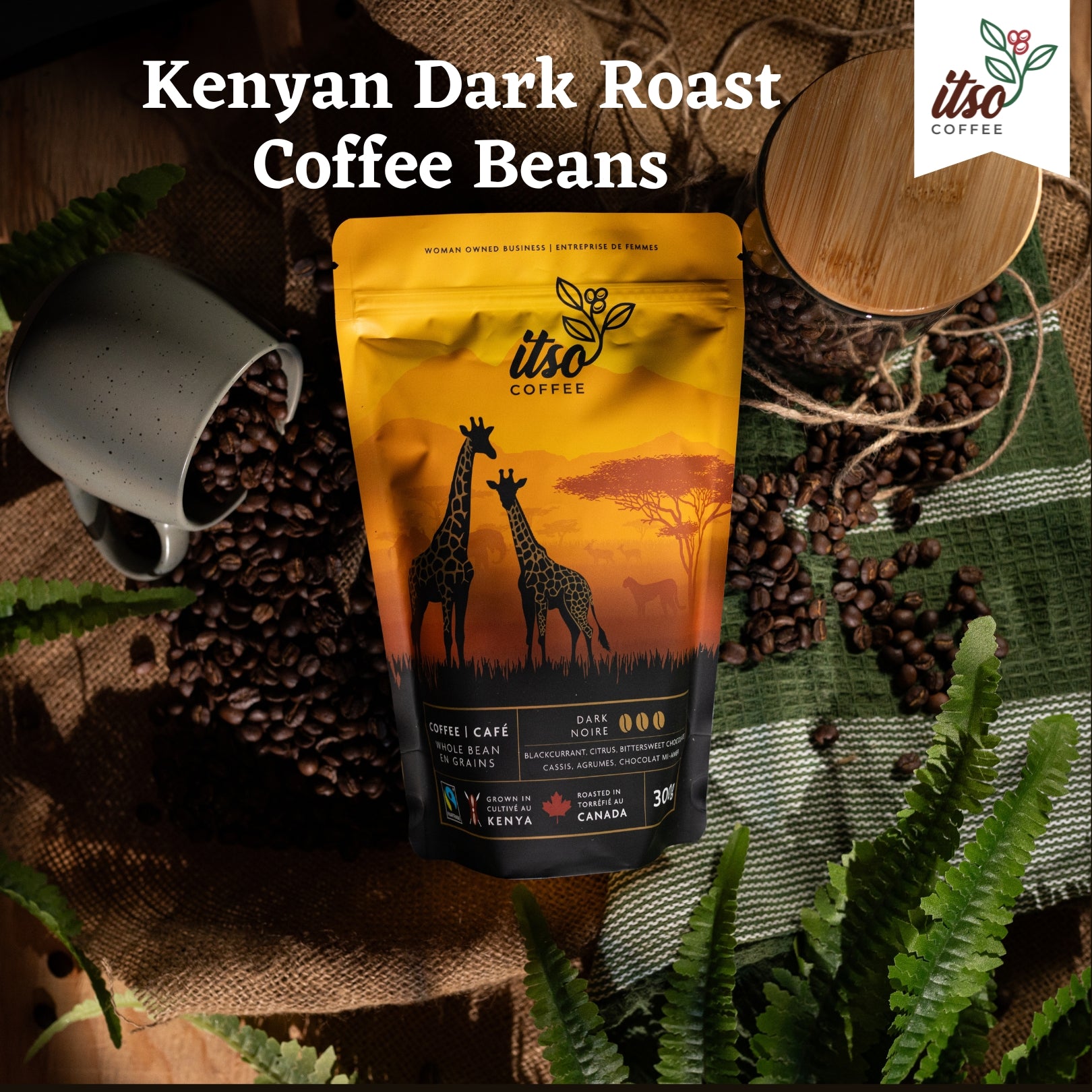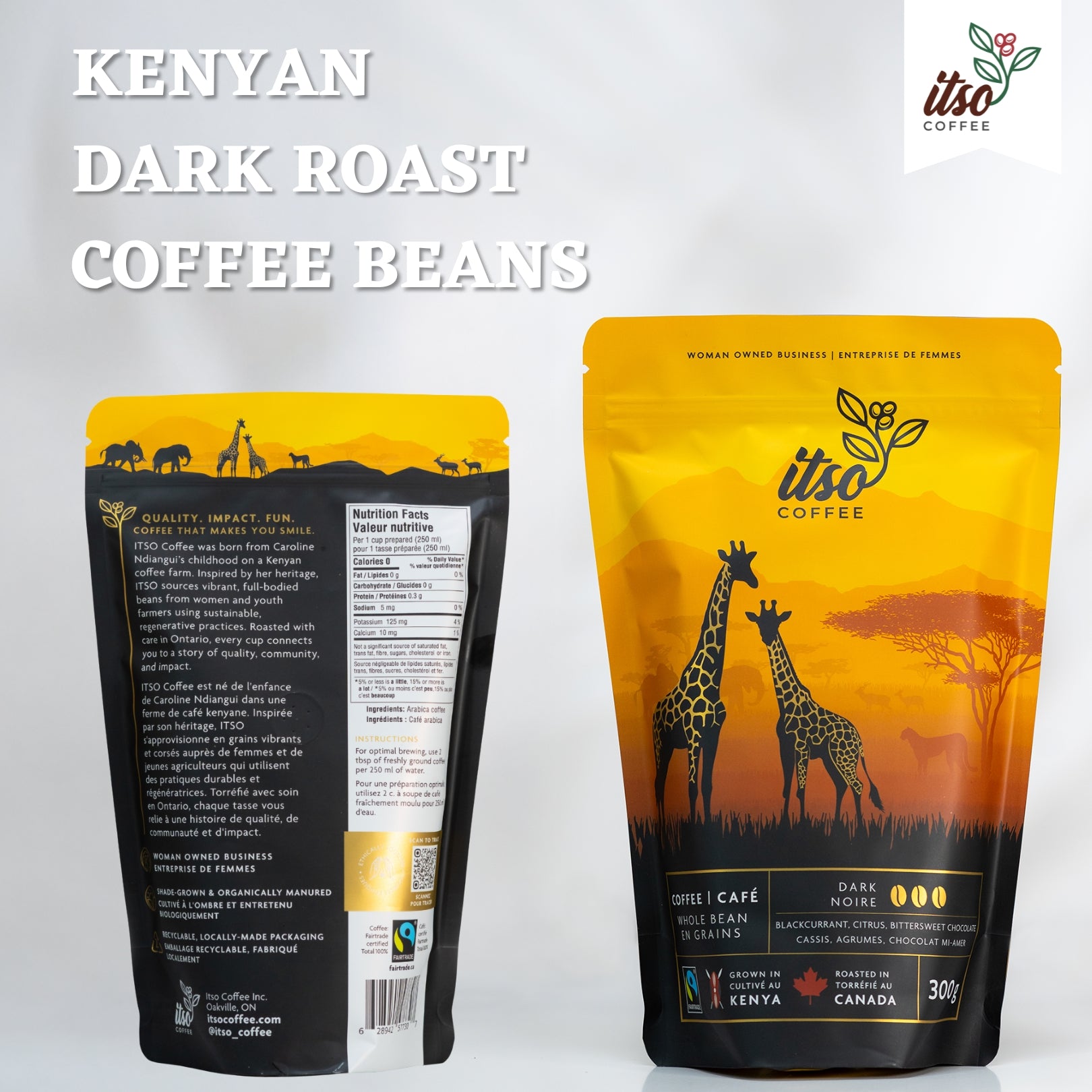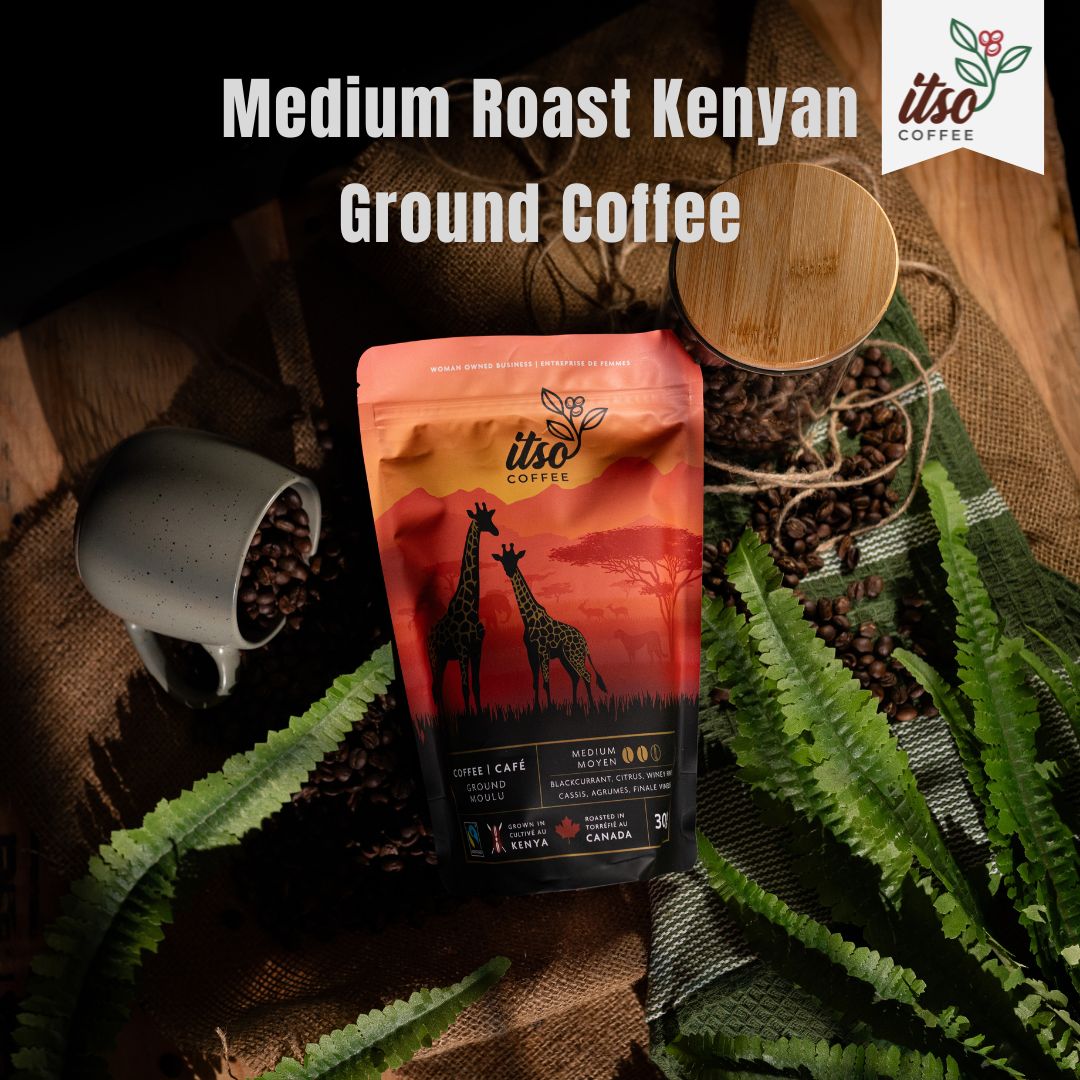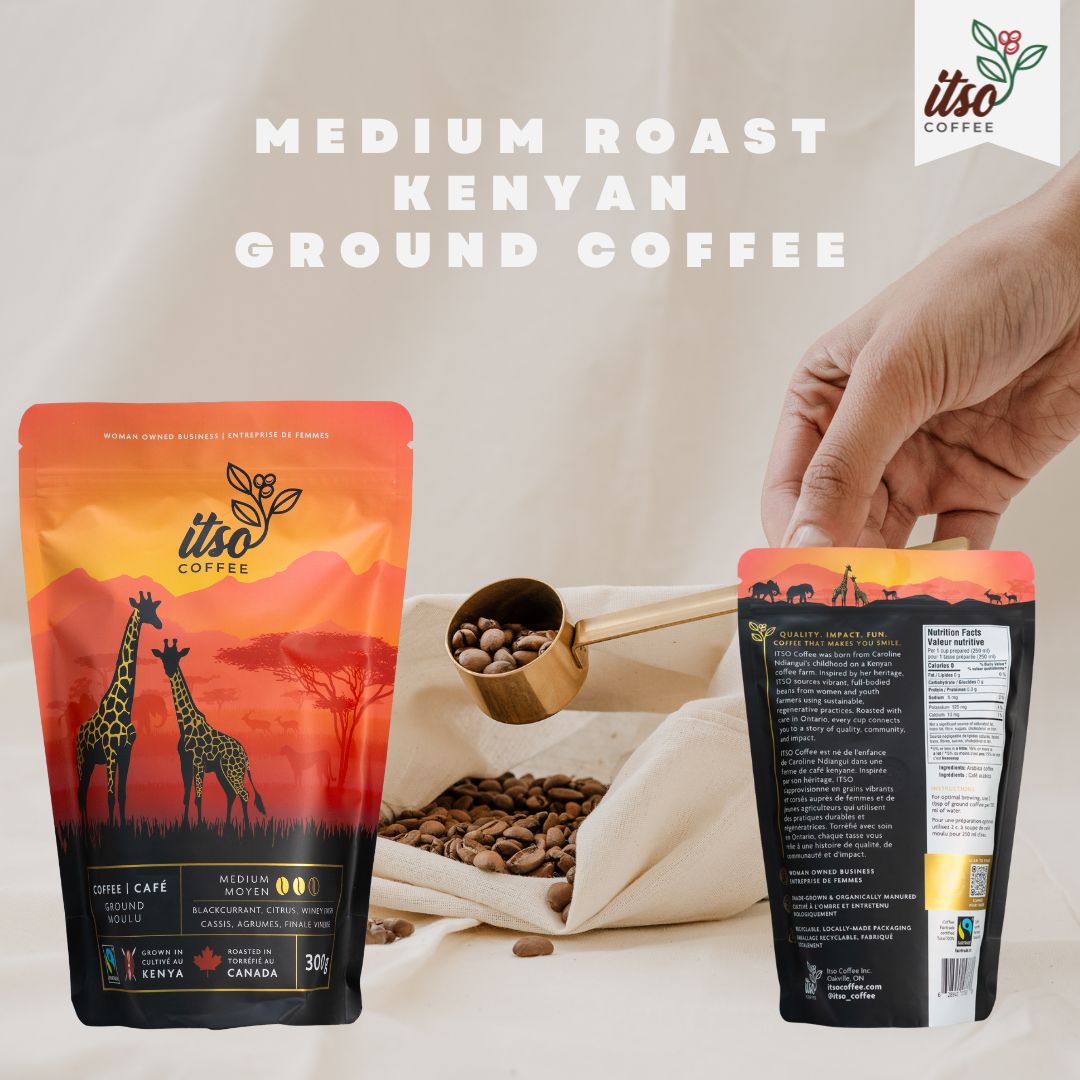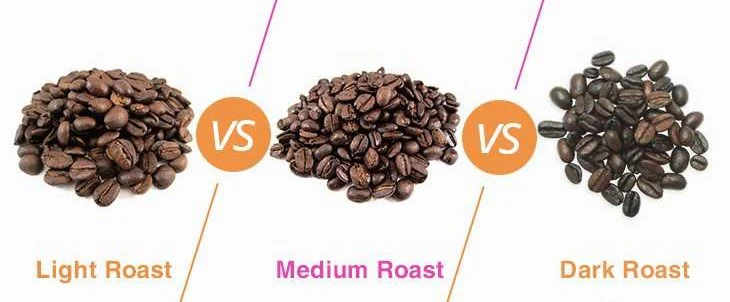
Light, Medium, and Dark Roasts: Understanding Different Roast Profiles

Coffee lovers often find themselves navigating a wide spectrum of flavors, aromas, and intensities when choosing their favorite brew. One of the most significant factors influencing these elements is the roast profile of the coffee beans. From the subtle and bright notes of a light roast to the bold and rich flavors of a dark roast, each roast profile offers a unique experience for the palate. Understanding the differences between light, medium, and dark roasts is key to finding the perfect cup that suits your taste preferences. In this blog, we’ll explore each roast profile in detail, their unique characteristics, and how they affect the flavor of your coffee.
1. The Basics of Coffee Roasting: A Journey of Transformation

Before diving into the specifics of each roast profile, it’s essential to understand what coffee roasting is and why it is so important. Roasting is the process of heating green coffee beans to bring out their natural flavors, aromas, and colors. During roasting, beans undergo complex chemical reactions, including the Maillard reaction and caramelization, which transform the beans from green to brown and develop their flavor profiles.
The roast profile is determined by how long the beans are roasted and at what temperature. Roasters use these variables to achieve different flavors and intensities, categorizing coffee into three main roast levels: light, medium, and dark.
2. Light Roast Coffee: Bright, Fruity, and Complex

Light roast coffee is known for its bright acidity, complex flavours, and lighter body. If you're a fan of delicate, nuanced flavors and want to experience the natural characteristics of the coffee bean’s origin, light roasts are the way to go.
-
Characteristics of Light Roast Coffee:
- Color and Appearance: Light roast beans have a light brown color and a matte finish with no visible oil on the surface. The beans are less expanded compared to darker roasts and have a denser structure.
- Flavor Profile: Light roasts retain the most origin flavors, meaning the unique characteristics imparted by the region, soil, and climate where the beans are grown. They typically exhibit bright acidity, floral or fruity notes (such as berries or citrus), and a light body.
- Aroma: Light roast coffee often has a sweet, floral, or fruity aroma that is inviting and refreshing.
- Roasting Time: The beans are roasted at temperatures ranging from 356°F to 401°F (180°C to 205°C) and are typically pulled from the roaster just after the first crack—an audible sound that occurs as the beans expand and release steam.
-
Popular Light Roast Names:
- Cinnamon Roast: Named for its light brown color, not its flavor.
- New England Roast: A bit darker than Cinnamon but still very light.
- Half City Roast: A step before reaching the first crack, retaining even more origin characteristics.
-
Best Brewing Methods for Light Roasts:
- Light roasts are ideal for pour-over methods such as the Chemex, Hario V60, or Kalita Wave, which highlight the bright acidity and delicate flavors. They are also great for AeroPress and cold brew, which can further emphasize their complexity.
3. Medium Roast Coffee: Balanced, Smooth, and Versatile

Medium roast coffee strikes a balance between the bright, acidic notes of light roasts and the rich, bold flavors of dark roasts. It is often considered the "middle ground" for coffee drinkers who want a well-rounded flavor profile that is neither too acidic nor too intense.
-
Characteristics of Medium Roast Coffee:
- Color and Appearance: Medium roast beans are medium brown in color with a slightly oily surface, especially after resting. The beans are more expanded than light roasts but still retain their structural integrity.
- Flavor Profile: Medium roasts offer a balance of acidity, sweetness, and body, with flavors ranging from caramel and chocolate to nutty and fruity. They are less bright than light roasts but still retain some of the origin characteristics.
- Aroma: The aroma of medium roasts is typically warm and inviting, with hints of caramel, nuts, or toasty notes.
- Roasting Time: The beans are roasted at temperatures between 410°F and 428°F (210°C to 220°C) and are typically removed from the roaster just before or after the end of the first crack. The Maillard reaction continues to develop flavors, and the caramelization process begins.
-
Popular Medium Roast Names:
- City Roast: A classic medium roast, balanced and flavorful.
- American Roast: A slightly darker medium roast, commonly used for drip-brewed coffee in the United States.
- Breakfast Roast: Known for its balanced and smooth flavor profile, perfect for morning coffee.
-
Best Brewing Methods for Medium Roasts:
- Medium roasts are versatile and can be brewed using various methods, including drip coffee makers, French press, AeroPress, and espresso machines. These brewing methods bring out the balanced flavors and full-bodied nature of medium roasts.
4. Dark Roast Coffee: Bold, Rich, and Intense

Dark roast coffee is favored by those who enjoy deep, bold flavors with a rich, full-bodied experience. Dark roasts have less acidity and more pronounced roast flavors, making them a popular choice for espresso-based drinks.
-
Characteristics of Dark Roast Coffee:
- Color and Appearance: Dark roast beans are dark brown to nearly black in color, with a shiny, oily surface due to the release of oils during roasting. The beans are more porous and brittle compared to lighter roasts.
- Flavor Profile: The flavor of dark roasts is dominated by roast characteristics, such as deep chocolate, spices, smokiness, and a slightly bitter aftertaste. The origin flavors are largely subdued, and the focus is on the bold and robust profile created by the roasting process.
- Aroma: Dark roasts have a strong, robust aroma with hints of burnt caramel, dark chocolate, or smoky notes.
- Roasting Time: The beans are roasted at temperatures between 437°F and 482°F (225°C to 250°C) and are usually pulled from the roaster just before or after the second crack. This stage creates a more intense and full-bodied flavor.
-
Popular Dark Roast Names:
- French Roast: Dark and smoky, with an intense flavor.
- Italian Roast: Darker than French Roast, often used for espresso.
- Espresso Roast: A deep, rich roast specifically designed for espresso-based drinks.
-
Best Brewing Methods for Dark Roasts:
- Dark roasts are ideal for brewing methods that highlight their full-bodied nature, such as espresso machines, Moka pots, and French press. They are also great for cold brew, which can mellow out their intensity and produce a smooth, chocolatey profile.
5. How Roast Levels Affect Caffeine Content
A common misconception is that darker roasts contain more caffeine than lighter roasts because of their bold flavor. However, the caffeine content does not change significantly during the roasting process. In fact, light roasts often have slightly more caffeine by volume than dark roasts because they are denser and have less mass loss during roasting. However, when measured by weight, the caffeine content is almost the same for all roast levels.

6. Choosing the Right Roast: Personal Preferences Matter
The best roast level ultimately comes down to personal preference. Each roast profile offers a unique experience, and there is no "right" or "wrong" choice. To find your perfect cup, consider the following:
- Flavor Preferences: If you enjoy bright, fruity, and floral flavors, go for a light roast. If you prefer a balanced and smooth coffee with hints of chocolate or caramel, a medium roast might be your best bet. If you love bold, intense, and smoky flavors, opt for a dark roast.
- Brewing Methods: Different roast levels perform better with certain brewing methods. Light roasts excel in pour-over methods, while dark roasts shine in espresso machines.
- Experimentation: Don’t be afraid to experiment with different roast levels and brewing methods to discover new flavors and find what you love most.
7. The Roaster's Role: Crafting the Perfect Roast
The role of the roaster is crucial in determining the final flavor of the coffee. Roasting is a skill that combines science, art, and experience. A skilled roaster understands the unique characteristics of each bean and tailors the roasting profile to bring out the best flavors. Whether it’s preserving the delicate acidity of a light roast or creating a bold and complex dark roast, the roaster's expertise makes all the difference.
Conclusion: Explore the World of Coffee Through Roast Profiles

Understanding the differences between light, medium, and dark roasts opens up a world of possibilities for coffee exploration. Each roast profile offers a unique journey through flavors, aromas, and textures that reflect the art of roasting and the beans' origin. By experimenting with different roast levels and brewing methods, you can uncover the endless variety that coffee has to offer and find the perfect cup that suits your taste.
So, whether you’re starting your day with a bright and vibrant light roast, enjoying a balanced and smooth medium roast in the afternoon, or winding down with a bold and intense dark roast, each cup of coffee tells a story of craftsmanship, passion, and discovery.
